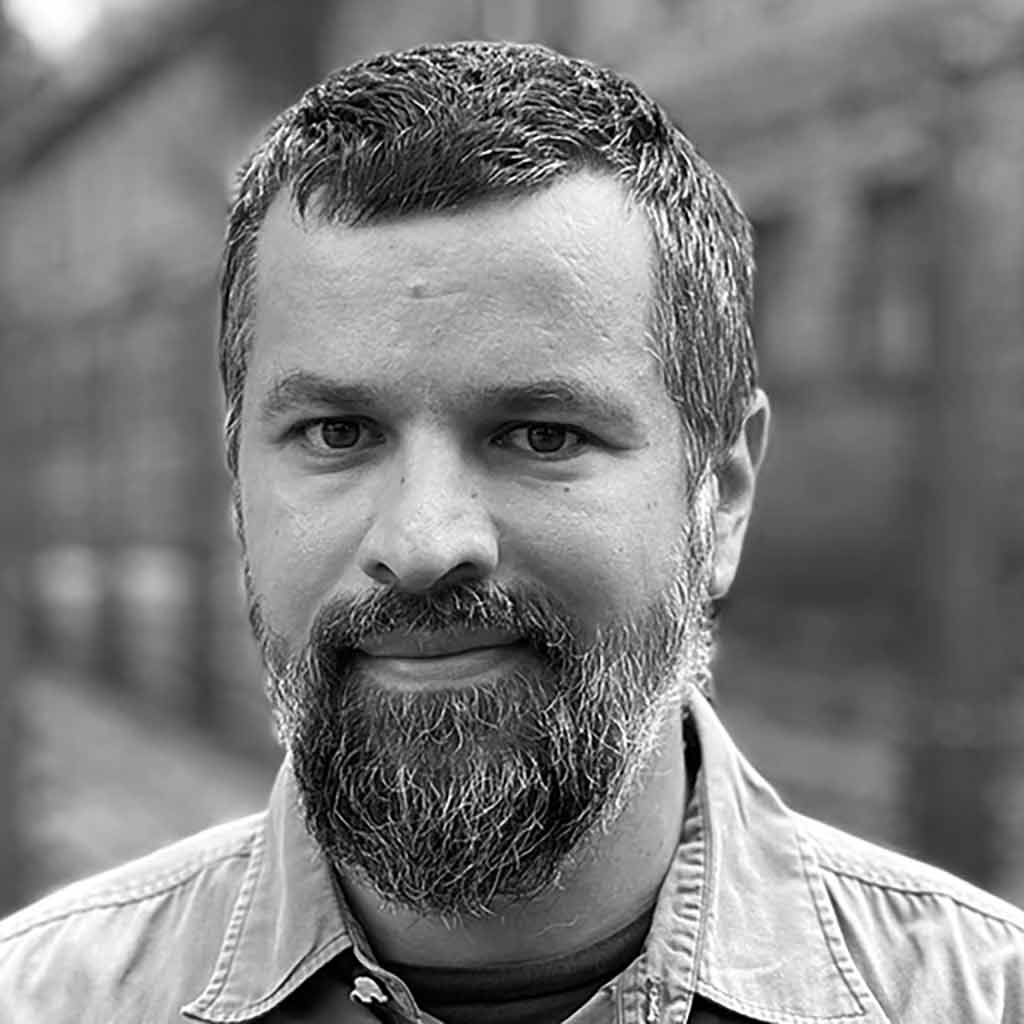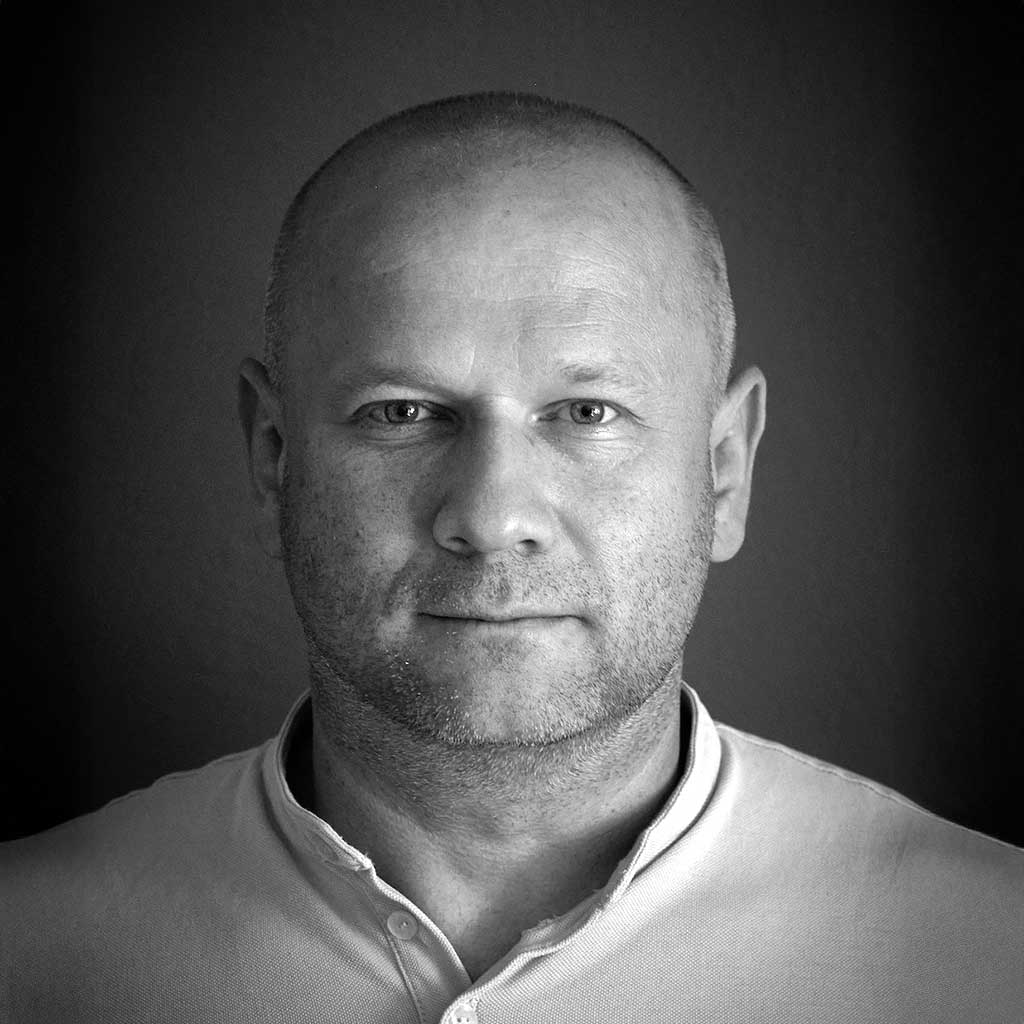
Feature films are not and will not be permitted on the grounds of the Auschwitz-Birkenau Memorial. However, thanks to the newest technologies "Picture from Auschwitz" certified virtual film location is opening the site to future filmmaking.
"The Auschwitz-Birkenau Virtual Location is pioneering new frontiers in filmmaking. I remember how Spielberg struggled when he was not allowed to shoot within the camp, and for obvious reasons."
Ryszard Horowitz - renowned photographer and Auschwitz survivor featured in the iconic Schindler's List.
Certified Virtual Film Location
For Film and Technological Storytelling
Picture from Auschwitz," is a project creating a 1:1 digital replica of the Auschwitz-Birkenau concentration camp for filmmaking.
This initiative, supported by the Auschwitz-Birkenau Museum and Memorial and European film industry partners, aims to provide filmmakers with an authentic and ethically certified virtual location, as filming at the physical site is largely prohibited due to preservation concerns and visitor impact.
The digital replica, meticulously documented using advanced 3D scanning technologies like Lidar and photogrammetry, is intended to combat misinformation and ensure historical accuracy in cinematic portrayals of the Holocaust. Proceeds from licensing the virtual location will fund the Memorial's preservation efforts, while project leaders emphasize a commitment to historical truth and ethical storytelling, with input from survivors like Ryszard Horowitz and filmmakers like Agnieszka Holland.
Enabling Ethical and Responsible Storytelling:
- Ethical Certification: The project provides an "officially approved tool for authenticated and ethical storytelling". The intellectual property (IP) of the scanned data is owned by the Auschwitz Memorial, ensuring its role as the guardian of historical truth and setting a "new global digital IP standard" for historical sites.
- Vetting Process for Accuracy: To maintain accuracy and ethical standards, the Memorial will consult with filmmakers and review screenplays. Historical accuracy is paramount, ensuring that the site is not used merely as a "stage" or for projects that distort history, dishonor victims, or serve purely as entertainment. Acceptance of the museum's feedback on the screenplay will be a necessary condition for obtaining a license.
- Promoting Reflection: The project aims for films that encourage lasting reflection rather than just dramatic shock, by providing access to the historical context and human stories within the authentic framework.
- Financial Support for the Memorial: Licensing fees generated from the use of the virtual replica will directly support the Auschwitz Memorial and its global mission of commemorating victims, fighting antisemitism, and all forms of hatred.
Key people
Renowned photo-composer and Auschwitz survivor, whose story was featured in Schindler's List.
"We have to preserve what's there, and, uh, I believe that having this tool available will make it quite easy to, uh, work with".
An acclaimed screenwriter, TV and film producer, and director, who is an ambassador for the project.
"the vaccine [of the Holocaust's warning] is evaporating right now" and "we need a new boost".
Director of the Auschwitz Museum.
"The demand for feature films about Auschwitz is constantly growing, which reflects the growing interest in the tragic history of the camp".
CEO of the Auschwitz-Birkenau Foundation
"The documentation preserves the memory for future generations", "in unpredictable times a secure and authenticated digital copy [of the camp] is as precious as it gets".
Spokesperson of the Auschwitz Museum and the initiator of the project.
"The Auschwitz-Birkenau Virtual Film Location is the only original and certified digital representation of Auschwitz I camp on a 1:1 scale".
Strategic Lead on the Picture from Auschwitz virtual film location project and former New York Times international director in charge of development and innovation.
"This project for me sets a new global digital IP standard when it comes to how do we create the bond and that authenticity value chain.”
Deputy Spokesman of the Auschwitz-Birkenau Memorial.
"If the proposal is to make a film that distorts history, dishonours the memory of victims, or serves purely as entertainment, that’s a red flag for us".
Technology specialist and creative producer
"We are not creating a toy; we are creating something what has a mission, what has a purpose". "We have prepared the data for the technology that don't exist yet".
Mission

Preservation of Memory and Historical Truth:
- Combating Denial and Distortion: Eighty years after the liberation of Auschwitz-Birkenau, with fewer survivors remaining, there is an urgent need for technology to preserve the symbol of the Shoah and combat the rise of misinformation and Holocaust denial. The project aims to provide a "100% accurate digital replica" to safeguard historical truth against distortion by unauthorized or ill-intentioned digital reproductions.
- Future-Proofing History: A key mission is to preserve the raw source data for reprocessing by future technologies that do not yet exist, ensuring its long-term utility and accuracy. The plan is to eventually add the collected data to the blockchain. This ensures that the documentation "preserves the memory for future generations".
Addressing Filming Restrictions and Enhancing Authenticity in Film:
- Long-standing Ban: For at least 40 years, feature film productions have been prohibited from shooting on the grounds of the Auschwitz Memorial. This ban is due to the site's extreme fragility, aging buildings, and the need to protect its remains, as well as to avoid disrupting the over two million annual visitors. Past films, like Steven Spielberg's Schindler's List, had to reconstruct parts of the camp outside the actual site, which was costly and sometimes led to inaccuracies.
Technological Advancement and Capabilities:
- Cutting-Edge Data Capture: The project utilizes advanced reality capture technologies, including 18,000 high-resolution (60-megapixel) photographs and 1,300 Lidar 3D scanning stations, resulting in dense data with millimeter accuracy for scanning and approximately two centimeters for geo-localization. It also uses experimental neural radiance fields, an AI trained on data to guess camera angles.
- Virtual Production Integration: The digital replica can be used with virtual production techniques (e.g., LED walls with real-time camera tracking) or for green screen work, with video renders added in post-production. It can also serve as an accurate reference for physical set builds. Digital adjustments to time of day, light, and weather conditions are possible within ethical guidelines.
The "Picture from Auschwitz" project is a strategic effort to harness modern technology to address the critical need for preserving historical truth, fighting denial, and enabling a new generation of filmmakers to tell authentic and impactful stories about the Holocaust in a respectful and ethically controlled manner.
How to apply
To apply for and utilize the "Picture from Auschwitz: Digital Film Location," filmmakers should visit film.auschwitz.org. The application process involves a rigorous review:
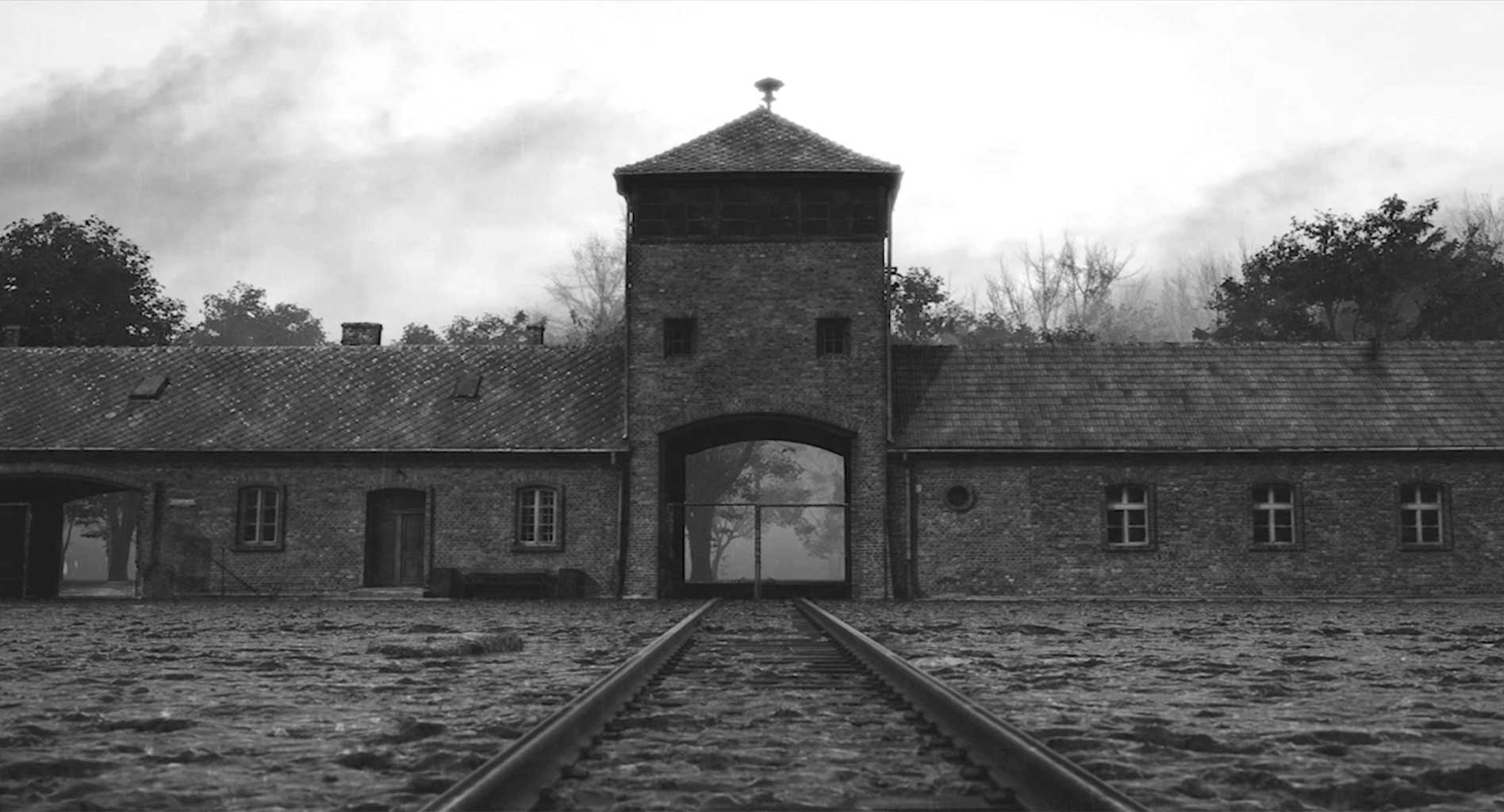
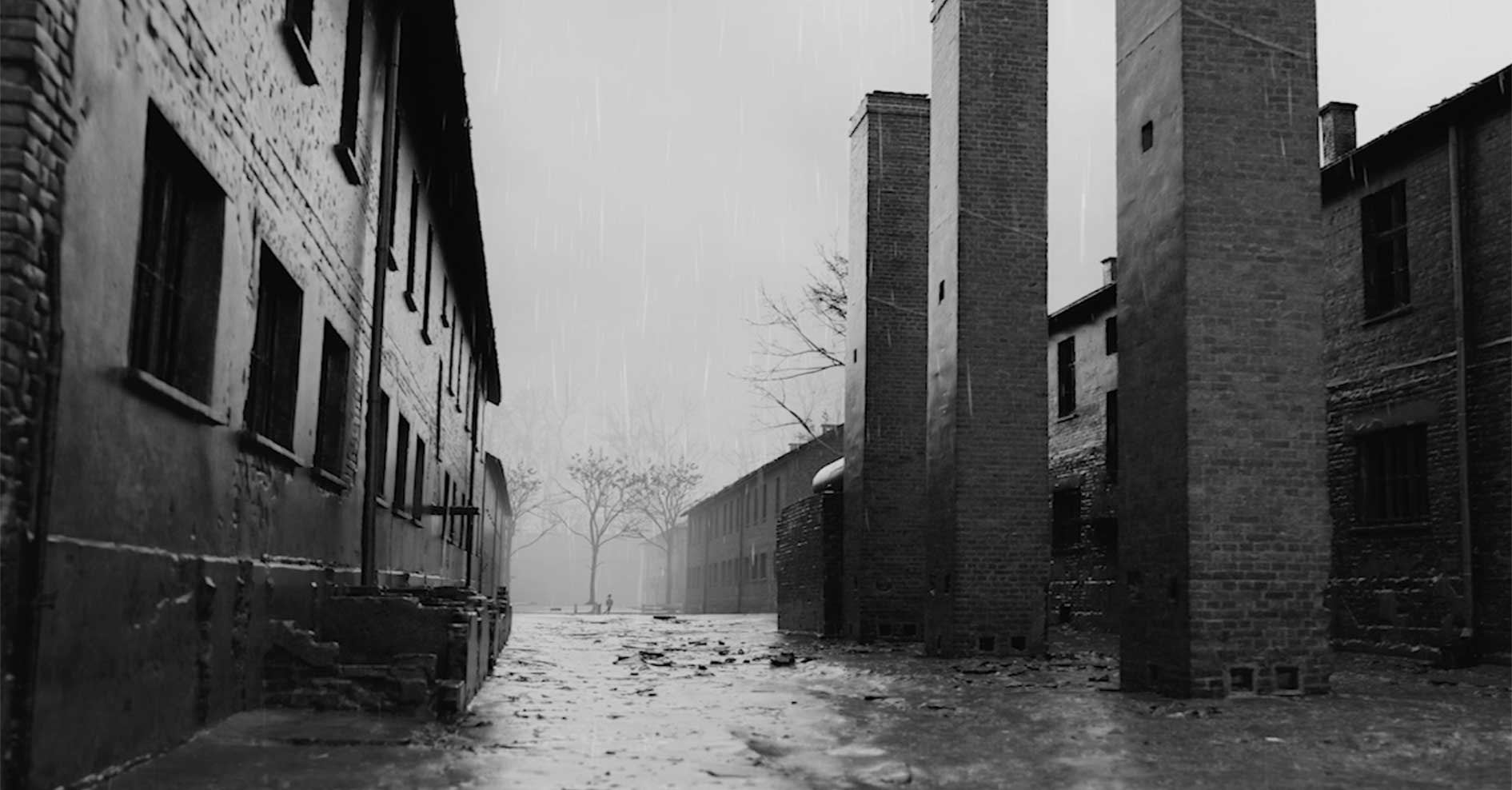
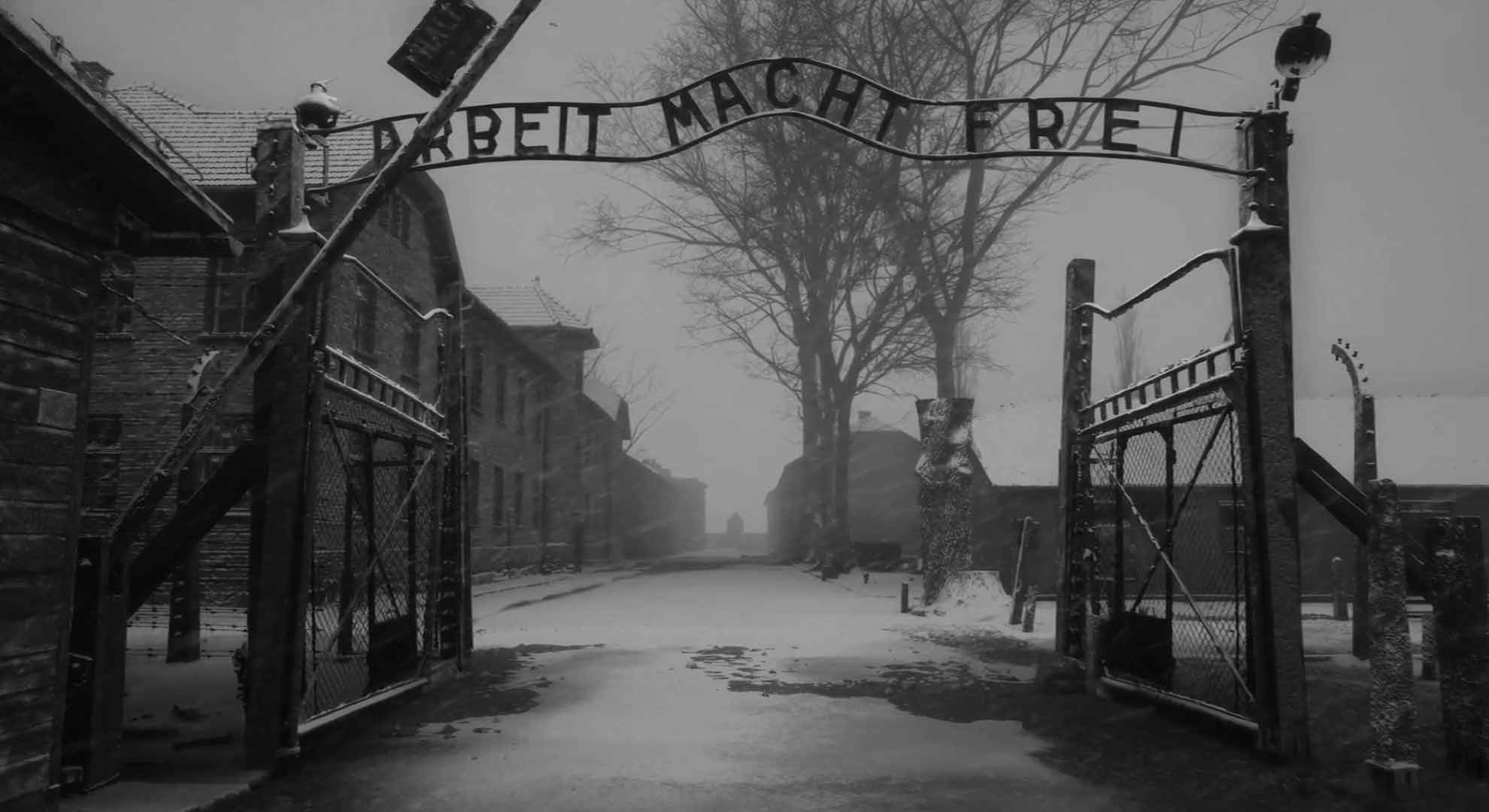
Pricing
Pricing components:
Licensing Fees – Directly Supporting the Foundation and Memorial: Filmmakers who obtain approval to use the "Picture from Auschwitz" digital replica will be required to pay licensing fees. These fees are not just a commercial transaction but serve a crucial purpose: they will directly support the Auschwitz Memorial and the Auschwitz-Birkenau Foundation. The licencing fee is based on the project capabilities done as a donation to the Foundation
Fees for Works Done in Consultation with Historians: The process of using the "Picture from Auschwitz" digital replica is deeply rooted in ensuring historical accuracy and ethical storytelling. The Auschwitz Memorial's team of historians plays a vital role in this by reviewing screenplays and assessing proposals. A necessary condition for obtaining a license is the "acceptance of the museum's feedback on the screenplay".
Fees for Technical Works to Prepare and Customize the Project Data and Files: The digital replica is available in formats suitable for various filmmaking methods, including post production and realtime ICVFX or serving as a highly accurate reference for physical set builds. Digital adjustments to time of day, light, and weather conditions are also possible within ethical guidelines.
Partners and supporters
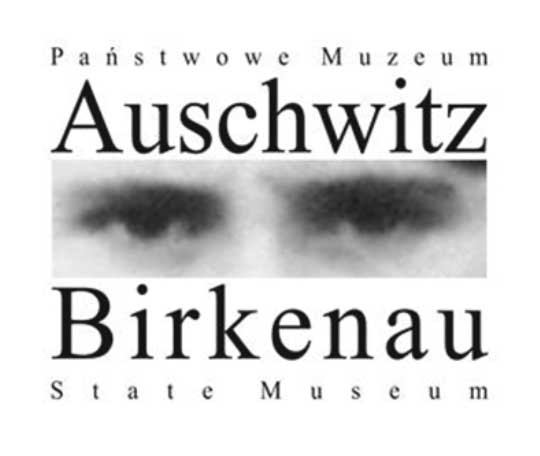
The Auschwitz-Birkenau Museum and Memorial
Directly safeguarding the historical site and guiding the project to ensure the digital replica maintains historical truth and integrity.

EuroFilmService
Responsible for the technical production and data gathering for the digital replica.

The Auschwitz-Birkenau Foundation
Manages the licensing of the digital replica and directs all generated fees towards supporting the Memorial's global mission.
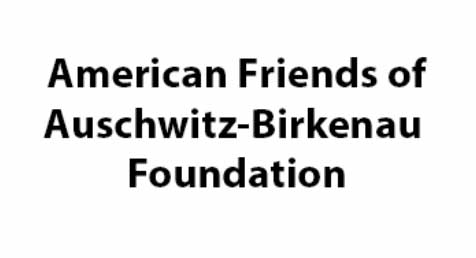
American Friends of the Auschwitz-Birkenau Foundation
This group of anonymous people provided seed funds for the project

Creative Media Europe
Supported promotion of the the project in Brussels and Cannes
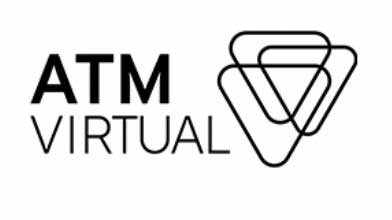
ATM Virtual
This technology partner contributed co-financing

Leica Geosystems
Contributing to the advanced reality capture technologies

Polish Film Institute (PISF)
Supported for the project's presentation at the Cannes Film Festival 2025,
To support the project or obtain further details, interested parties are encouraged to directly contact Wojciech Soczewica, CEO of the Auschwitz-Birkenau Foundation.
Apply or contact us
Reach out for more information and a preview of Auschwitz Virtual Film Location.
The Auschwitz-Birkenau Museum and Memorial is working on a project to create a certified digital replica of the preserved concentration and extermination camp which can be used as a virtual film location.
The initiative is likely to draw considerable interest from the film world because the production of fiction feature films is not permitted at the memorial, situated on the site of the Auschwitz-Birkenau camp in southern Poland, where around 1.1 million people died in horrific conditions during World War Two.
Jonathan Glazer’s The Zone of Interest, for example, was made in cooperation with the memorial and museum, which gave the production access to camp documents, survivors’ testimonies, and expert guidance, and also allowed it to scan parts of the area of the former camp.
However, none of the dramatic reconstructions were filmed on the site. Documentary films are allowed to film with permission, which meant the final sequences of the Oscar-nominated drama, showing the work of the museum and the objects that belonged to victims, could be shot on its premises.
The groundbreaking digital replica project, bannered Picture From Auschwitz, will be presented in a panel at the Cannes Film Festival’s Marche du Film as part of its technology and innovation focused Cannes Next strand.
Polish director Agnieszka Holland and Polish American photographer Ryszard Horowitz; an Auschwitz survivor, who was one of the youngest survivors on Schindler’s List, will join Auschwitz-Birkenau Foundation CEO Wojciech Soczewica, Auschwitz-Birkenau State Museum Deputy Spokesperson Paweł Sawicki and the project’s creative producer Maciej Żemojcin on stage to talk about the project.
Żemojcin and his team are using cutting-edge 3D scanning technologies to create a certified digital replica which preserves and protects the site’s historical integrity.
“The certified digital replica offers filmmakers a revolutionary tool rooted in accuracy and ethical storytelling helping combat denial and distortion at a time when misinformation is on the rise,” read a release announcing the project and panel.
“Designed for a wide range of films – from documentaries to large-scale Hollywood productions – Picture From Auschwitz supports the telling of the true story of the camp as out of numerous reasons the historical site is not and will not be accessible for filmmaking.”
The replica will feature every detail of the site from the “Arbeit Macht Frei” entry gate to its fence posts, with every brick or roof tile of its buildings meticulously documented, to reveal perspectives and details invisible to the naked eye. The data will be preserved and reprocessed over time as new technologies emerge.
Żemojcin’s team has already completed a 1:1 digital replica of Auschwitz I using the most advanced spatial scanning tools available. Next steps in the project include completing the digital interiors of Auschwitz I, and the exteriors and interiors of Auschwitz II-Birkenau camp – securing the entirety of the Memorial site.
Licensing fees for the virtual replica will directly support the Memorial, which is marking the 80th anniversary of the liberation of the camp this year, and its mission of commemorating all victims, fighting antisemitism and all forms of hatred as well as raising reflection about our contemporary moral responsibility.
Partners on the project include the Auschwitz-Birkenau Museum and Memorial, Auschwitz-Birkenau Foundation, American Friends of the Auschwitz-Birkenau Foundation, Creative Media Europe, ATM Virtual and Leica Geosystems.
Footage from the project will be showcased during the panel while a website for the initiative will go live on May 15.This multiplied 50 times - I would like to upload here text and links from all the articles possible

ABC
Jonathan Glazer’s The Zone of Interest, for example, was made in cooperation with the memorial and museum, which gave the production access to camp documents, survivors’ testimonies, and expert guidance, and also allowed it to scan parts of the area of the former camp.
However, none of the dramatic reconstructions were filmed on the site. Documentary films are
allowed to film with permission, which meant the final sequences of the Oscar-nominated
drama, showing the work of the museum and the objects that belonged to victims, could be shot
on its premises.
The groundbreaking digital replica project, bannered Picture From Auschwitz, will be presented
in a panel at the Cannes Film Festival’s Marche du Film as part of its technology and innovation
focused Cannes Next strand.
Polish director Agnieszka Holland and Polish American photographer Ryszard Horowitz; an
Auschwitz survivor, who was one of the youngest survivors on Schindler’s List, will join
Auschwitz-Birkenau Foundation CEO Wojciech Soczewica, Auschwitz-Birkenau State Museum
Deputy Spokesperson Paweł Sawicki and the project’s creative producer Maciej Żemojcin on
stage to talk about the project.
Żemojcin and his team are using cutting-edge 3D scanning technologies to create a certified
digital replica which preserves and protects the site’s historical integrity.
“The certified digital replica offers filmmakers a revolutionary tool rooted in accuracy and
ethical storytelling helping combat denial and distortion at a time when misinformation is on
the rise,” read a release announcing the project and panel.
“Designed for a wide range of films – from documentaries to large-scale Hollywood productions
– Picture From Auschwitz supports the telling of the true story of the camp as out of numerous
reasons the historical site is not and will not be accessible for filmmaking.”
The replica will feature every detail of the site from the “Arbeit Macht Frei” entry gate to its
fence posts, with every brick or roof tile of its buildings meticulously documented, to reveal
https://deadline.com/print-article/1236388400/?KeepThis=1
Seite 2 von 3
Deadline
02.06.25, 18:21
perspectives and details invisible to the naked eye. over time as new technologies emerge.
The data will be preserved and reprocessed
Żemojcin’s team has already completed a 1:1 digital replica of Auschwitz I using the most
advanced spatial scanning tools available. Next steps in the project include completing the
digital interiors of Auschwitz I, and the exteriors and interiors of Auschwitz II-Birkenau camp –
securing the entirety of the Memorial site.
Licensing fees for the virtual replica will directly support the Memorial, which is marking the
80th anniversary of the liberation of the camp this year, and its mission of commemorating all
victims, fighting antisemitism and all forms of hatred as well as raising reflection about our
contemporary moral responsibility.
Partners on the project include the Auschwitz-Birkenau Museum and Memorial, Auschwitz-
Birkenau Foundation, American Friends of the Auschwitz-Birkenau Foundation, Creative Media
Europe, ATM Virtual and Leica Geosystems.
Footage from the project will b
Auschwitz-Birkenau Foundation
Auschwitz Birkenau Foundation establishes and manages a Perpetual Fund to finance the conservation of the Auschwitz-Birkenau Memorial.
The Auschwitz-Birkenau State Museum
Auschwitz Birkenau State Museum is providing consultancy and history experts for the project applying to the "Picture from Auschwitz" project.






